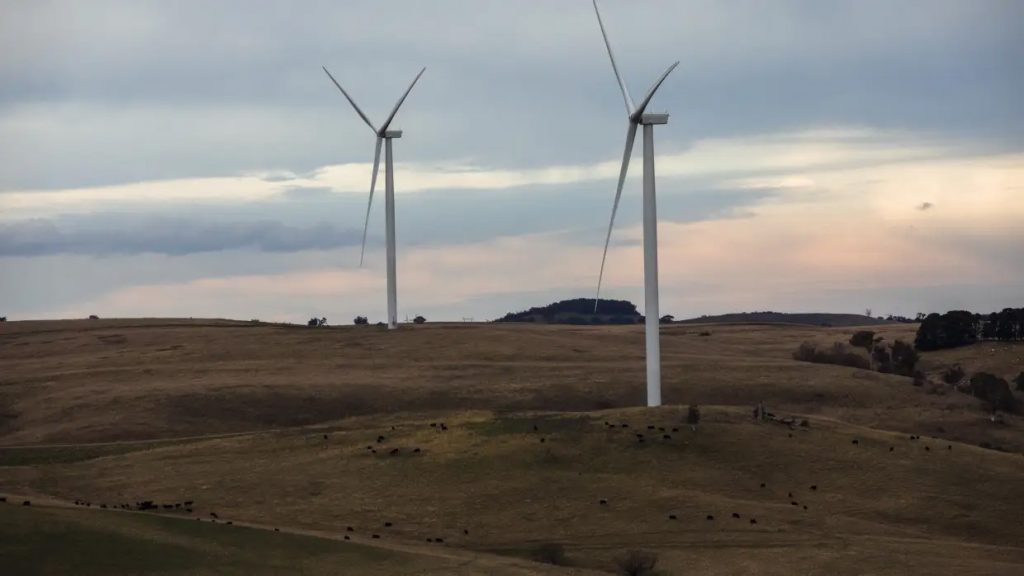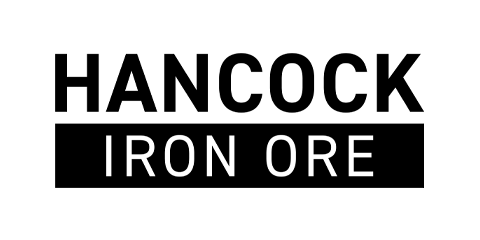
Article by Angela Macdonald-Smith and Ronald Mizen, courtesy of the Financial Review.
Australia may need to convert an area the size of Belgium into forest to achieve net zero emissions by 2050, according to a Climate Change Authority report that has sparked fierce criticism from farmers, who say it would harm food production.
The CCA, which is chaired by former NSW treasurer Matt Kean, on Thursday released a long-awaited report identifying the steps the top six emitting sectors of the economy must take for the country to achieve net zero.

While the 234-page report contained only three paragraphs about nuclear energy, the mention did provoke a fresh wave of debate over the Coalition’s energy policy.
While making it clear building more renewable energy capacity in the near-term would be necessary to achieving net zero, the CCA left the door open to nuclear. Its report said if the costs and times involved in building nuclear reactors significantly reduce in coming years, it could “necessitate a re-evaluation” and therefore nuclear should be “monitored as an option”.
The report cited CSIRO modelling that found emissions need to fall by 75 per cent by 2035 on the way to net zero by 2040, the date consistent with limiting warming to 1.5 degrees.
Campaigning in Energy Minister Chris Bowen’s western Sydney electorate of McMahon on Thursday, Opposition Leader Peter Dutton talked up his uncosted plans to build seven nuclear power plants across the country.
“The majority of Australians now support the latest technology in nuclear energy. They do it because they know that when the prime minister says the wind is free and the sun’s free, that’s rubbish,” Mr Dutton said.
Mr Kean dismissed any suggestion his report was advocating for nuclear power. “The report is clear, the roll-out of firmed renewables at scale and speed is the main game,” he told The Australian Financial Review.
The CCA report uses CSIRO modelling to examine two climate outcomes. The first scenario is the government’s policy of achieving net zero by 2050, which is consistent with limiting global average temperature rises to 2 degrees. The second is a more ambitious target of achieving net zero by 2040, consistent with an average global temperate rise of 1.5 degrees.
About 5.9 million hectares of land, or about 59,000 square kilometres, may need to be converted to forest for the land and agriculture sector to play its part in keeping global temperature rises below 1.5 degrees, according to the CCA. Tasmania, in comparison, is about 68,000 square kilometres, while Australia’s total agricultural land amounts to about 3.7 million square kilometres.
About 3 million hectares of land, or 30,000 square kilometres, may need to be converted to forest for the land and agriculture sector to play its part in reaching net zero emissions by 2050.
Five of the six sectors in the CCA report are predicted to dramatically lower actual emissions by 2050; they are electricity and energy, transport, industry and waste, resources, and the built environment. The report said the sixth sector – land and agriculture – would need to remove carbon from the atmosphere to offset ongoing emissions.
National Farmers’ Federation president David Jochinke said agriculture – which had about $86 billion of production last financial year – should not be the solution for other sectors’ emissions through offsetting.
“Achieving offsets through land reallocation on this scale would have a profound and detrimental impact on food and fibre production,” he said of the more ambitious suggestion to convert less intensively managed grasslands to forests.
The report’s suggestions about people’s eating habits needing to trend away from red meats such as beef and lamb, to lower-emissions products such as chicken, pork and kangaroo, along with algae, were also panned as “severely misguided” by the NFF.
The CCA advice has the potential to open another schism in the Albanese government’s already fractious relationship with farmers sparked by Labor’s recent ban on live sheep exports and its refusal to settle a decade-old class action of the Gillard government’s 2011 live cattle export ban to Indonesia.
Farming communities will hold a major demonstration in Canberra next week to express their growing frustration with Labor, including a convoy of heavy machinery around Parliament House.
Mr Jochinke said the report shows that net zero emissions by 2050 is not achievable for Australian agriculture under current conditions, and that there was “still a lot of work to do” to ensure innovations such as feed supplements and electric vehicles and machinery were affordable and effective.
The report is an important step in developing the CCA’s 2035 emissions reduction recommendation to the Albanese government, which Mr Kean on Thursday said would come after the US presidential election on November 5 given the uncertainty created by a potential second Trump administration.
“We’d like to see what happens at the American election before providing advice to the government,” he said.
“We need to make sure we have all the evidence available to us before we provide advice to the government of the day. That advice will be independent but in the context of the global environment.”
Mr Bowen this week left open the possibility of not taking a 2035 target to the next federal election, due sometime before May 2025. Australia’s 2035 target needs to be set by February under the international treaty on climate change, known as the Paris Agreement.
While the electricity and energy sectors will continue to do the heavy lifting on emissions reductions in the near-term, the CCA said every sector of the economy must play its part in the transition to net zero emissions by 2050, including problem sectors such as agriculture and transport.
Achieving net zero will mean “judiciously deploying every tool in the policy toolkit”, including information, markets, regulations, planning, investment and international engagement, the independent body said.
Burdens and benefits will need to be fairly shared between governments, businesses, sectors and communities.
The report comes as progress towards Australia’s 2030 commitment for 43 per cent emissions cuts since 2005 is in peril, with reductions this year in the electricity sector as coal and gas power stage a resurgence amid the flagging build-out of clean generation.
The CCA said Australia needed to get on with a “massive” construction effort to build out renewable energy and transmission capacity to enable emissions reductions across the economy, and outlined multiple actions the government could take to break down the barriers threatening to derail Australia’s transition.
Those include setting up a dedicated campaign to combat misinformation about decarbonisation and renewables and overcome community opposition to projects, streamlining approvals and scaling up the Capacity Investment Scheme to drive investment beyond 2030.
Ben Barnes, interim CEO of the electricity suppliers’ peak body the Australian Energy Council, said the power sector was already playing an “oversized” role in the country’s decarbonisation and welcomed the CCA’s recognition of the critical need for more gas firming generation and measures to support long-duration storage.
But Mr Barnes was cautious on the CCA’s advice about beefing up the scale of the Capacity Investment Scheme, saying that “in the long run we need to find a way to allow government to step back and let market forces support the best way forward”. The upcoming review of the National Electricity Market structure would be vital for that, he added.
Aluminium manufacturers said the CCA’s findings showed how complicated development approval processes were acting as a major barrier for renewables and infrastructure projects that could help cut emissions.
“Approval processes must reflect the commercial realities of long-life capital-intensive projects and provide efficient pathways for projects seeking approvals without diminishing regulatory standards,” said Marghanita Johnson, head of the Australian Aluminium Council, warning that otherwise production would move offshore.



